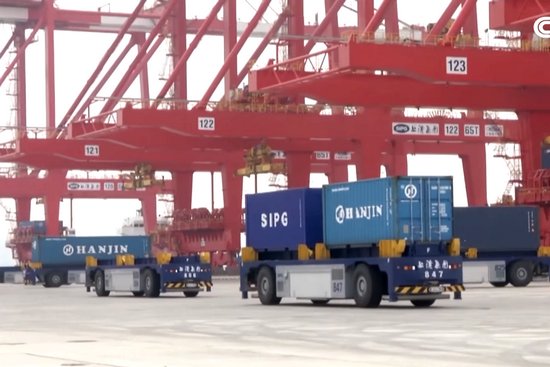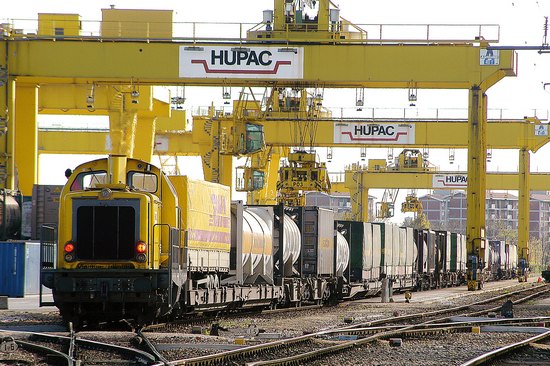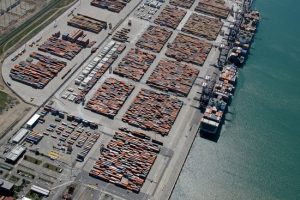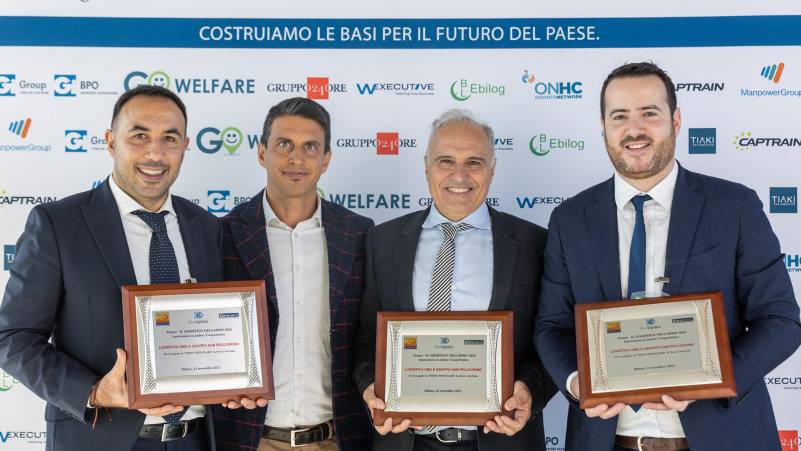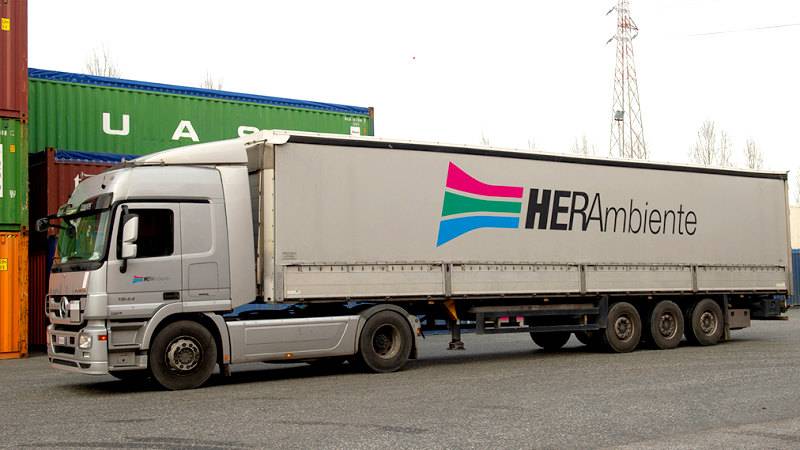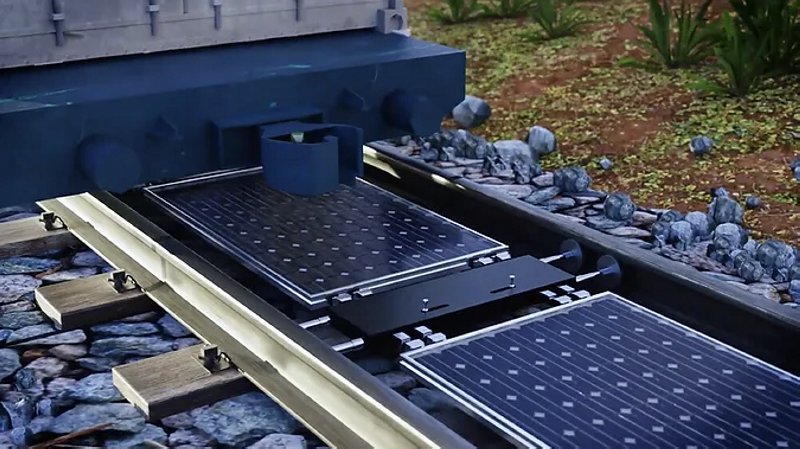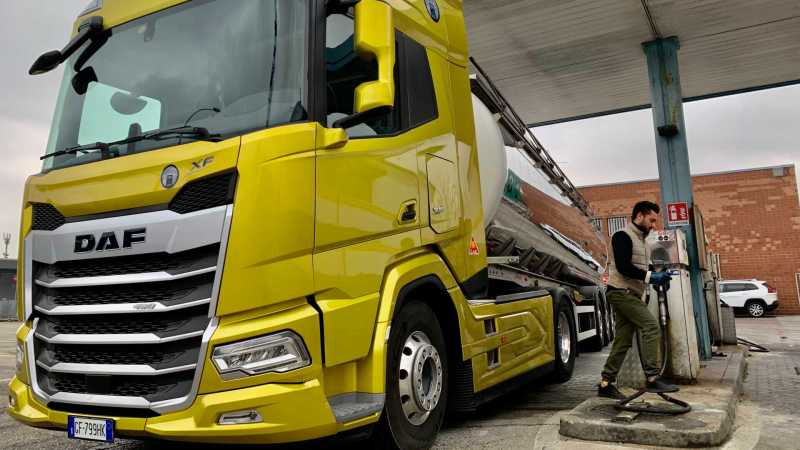When discussing the Terzo Valico dei Giovi railway, attention often focuses on the access lines toward Milan and the need for their expansion. While there are several projects, none have yet reached the construction phase (only the short 11-kilometer section between Milan Rogoredo and Pieve Emanuele has been contracted, but it is still in the design stage). Often overlooked is the fact that the Terzo Valico is an integral part of the North Sea-Mediterranean freight corridor (formerly the Rhine-Alps Corridor), which has its most direct outlet on the Alessandria-Novara-Switzerland railway route.
Rete Ferroviaria Italiana, fully aware of the importance of this route, has quietly initiated numerous enhancement projects. The current and planned works focus particularly on the Alessandria-Mortara-Novara section, which spans 60 kilometers. On an average weekday, 20 freight trains pass through this line (eight between Novara and Mortara, home to the intermodal hub, and twelve between Alessandria and Mortara). This number is set to grow significantly with the opening of the Terzo Valico. The line includes three freight stations: Alessandria Smistamento, which is set to become an intermodal hub, the Mortara interport area with its Kombi terminal, and Novara Boschetto adjacent to the CIM.
A comprehensive overview of the investments along this route was provided by Michele Rabino, an engineer from RFI's Northwest Area Directorate, during a conference in Mortara celebrating the 170th anniversary of the Alessandria-Novara and Mortara-Vigevano lines, organized by the MiMoAl association led by Franco Aggio. RFI aims to complete these upgrades by 2030, with the goal of creating a freight route with greater capacity than the current one. This includes a P/C80 profile suitable for unrestricted intermodal transport, European-standard 750-meter crossing tracks (at Mortara and Valenza), and interoperable Ertms/Etcs signaling.
These projects are either underway or in the planning stages, despite some setbacks, such as two tenders that received no bids. Notable completed works include the primary phase of adapting the Valenza tunnel’s profile (the only tunnel on the line, measuring 2,330 meters), which required lowering the track bed to meet the necessary clearance. In Novara, a new computerized station control system (ACC) is planned, and the Boschetto facility will have four tracks upgraded to the 750-meter standard.
Once the entire Novara-Alessandria line is equipped with the European Etcs system, the national signaling will be phased out, and the line will be managed with the latest technologies directly from the central control station in Turin Lingotto. However, the issue of the 28 level crossings still present along the line remains unresolved.
All of this is taking place against the backdrop of the opening of the Terzo Valico dei Giovi. When operational, this new route will allow for a significant increase in freight traffic, thanks to the reduced gradient of the line, which will drop to 12 per thousand. This will boost the average number of trains from 38 to 70 per day, with 75% of them using the Milan/Piacenza branch and 25% heading towards Alessandria. Some trains, depending on their characteristics and the availability of free slots, will continue to use the current Succursale line.
Piermario Curti Sacchi


